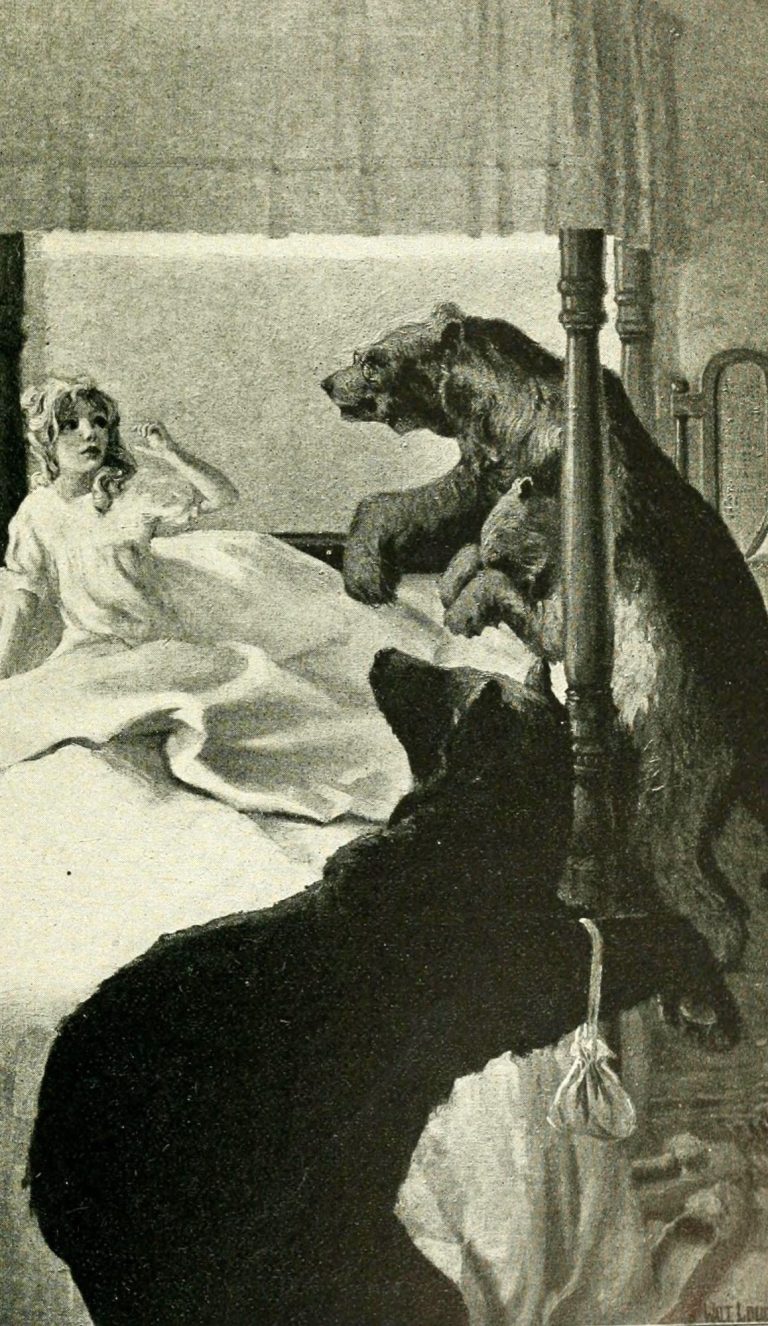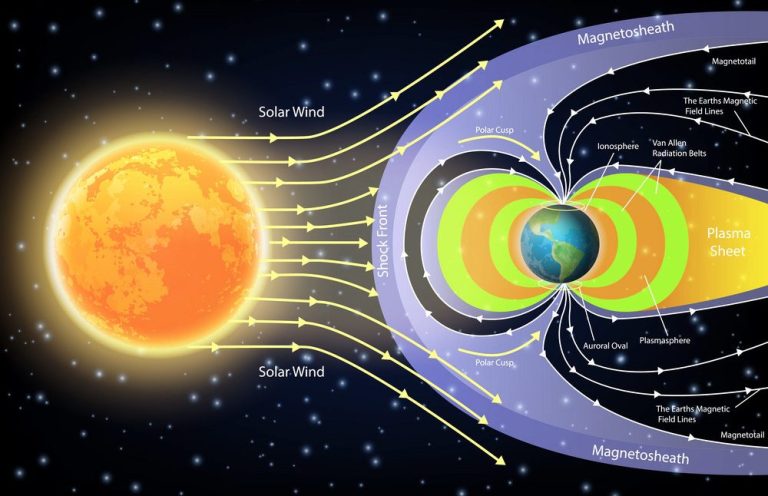6
The Goldilocks planet

“Who’s been sleeping in my bed?”
complains Baby Bear.
The story is one that many remember from childhood – the golden-haired little girl who finds an empty cottage in the forest. The door is open and she goes in to explore. She does not know that this is home to a family of bears: a large Father Bear, a smaller Mother Bear, and a very small Baby Bear.
Everything in the cottage reflects the size and taste of its occupants. She tries the chairs, and one of them is just the right height. She tests the three bowls of porridge on the table and one of them is ‘just right’. She tries the three beds: one of them is ‘just right’ and she falls asleep, to be surprised by the bears on their return.
She escapes back into the forest.
The story has the elements of repetition so loved by children, but apart from that…? What has the colour of her hair got to do with anything? What is the point of the story? and after all the drama the ending seems a bit feeble. And yet, astonishingly, the term 'goldilocks’ has been adopted by the scientific community, or science writers at least.
For Goldilocks, everything had to be ‘just right’, and the term Goldilocks has been hi-jacked to express this quality of ‘justrightness’. In particular the ‘Goldilocks Zone’ or the Habitable Zone (HZ) describes that critical region around a star where a planet orbiting the star might be ‘just right’ for life to flourish, not too hot and not too cold – where water can exist in its liquid form and not boil off or freeze solid.

NASA
Most scientists have identified this as the single most critical feature to enable life to survive. Our planet Earth sits in this critical zone around our Sun, and so it becomes the “Goldilocks Planet” where things are ‘just right’ for us and all other living things to flourish.
So scientists have admitted what believers in creation have been telling them for years, that our earth is very very special, and looks for all the world as if it was carefully designed and positioned to allow life to prosper.
Astronomers have discovered other planets in other star systems which appear to be in similar habitable zones, but for various reasons none of them support life. Many believe that somewhere among the one to four hundred billion stars that make up our galaxy, or in the hundred billion galaxies outside our own, there must be others like earth, and the search goes on.
Others, aware of the astounding complexity of life and the very special conditions required to support it, are not so hopeful.
"A review of habitable zones – for animals as well as microbes, and in the galaxy and Universe as well as around our sun – leads to an inescapable conclusion: Earth is a rare place indeed."
'Rare Earth', Peter Ward and Donald Brownlee
The need for water to exist in its liquid form has been identified as the most critical feature of an environment that supports life, but it is far from being the only one. Here are just a few of the other features of our Earth which are special:
1. Earth’s atmosphere:
a unique mix of 21% oxygen and 78% nitrogen plus other trace gases and water vapour – perfect for life and heavy enough to be retained by the Earth’s gravity. Other planets that we know about have toxic atmospheres or no atmospheres at all.
2. Earth’s magnetic field (magnetosphere):
as well as life-giving heat radiation, the sun also emits a stream of highly dangerous particles described as the 'solar wind'. Earth’s magnetic field effectively diverts this stream of particles around and away from the earth (see left).

siberianart/vectorstock.com
3. The ozone layer:
part of the stratosphere 20-30 km (12-19 miles) above the earth, rich in ozone. It absorbs 97–99% of the Sun’s (medium frequency) ultra-violet light and so prevents ultra-violet damage to exposed forms of life on the earth’s surface.

"Thus says the Lord, who created the heavens (He is God) who formed the earth and made it (He established it; He did not create it a chaos, He formed it to be inhabited!): I am the Lord and there is no other.”
Isaiah 45: 18 RSV
This is not a fairytale
4 Position in the solar system:
Our nearest planet Jupiter has 318 times the mass of earth and so its gravity attracts, like a giant hoover, much of the space debris which would otherwise strike the earth with catastrophic results. In 1994 Comet Shoemaker Levy 9 crashed into Jupiter and was swallowed up, and computer simulations suggest that these sort of collisions would be thousands of times more frequent on earth if Jupiter did not exist, or if it was much smaller or further away.
There is another very different but special feature of our planet. The Milky Way galaxy is a flat spiral shape, and our sun is positioned towards the outer edge of one of the spiraling arms of the galaxy. Many have noted that from this position we are ideally placed to observe the rest of the universe. We can peer into the furthest reaches of space, we can see just how rare and special we are. We can wrestle with the thought that maybe this entire majestic universe was created just so that our tiny planet should flourish as an Ark, a repository of the teeming life forms that the Creator has placed there to display his glory.
We do not use cookies on this website. We do not collect any of your personal details, and our list of subscribers is not shared with any third party.
Intelligence and purpose in the natural world
We need your consent to load the translations
We use a third-party service to translate the website content that may collect data about your activity. Please review the details in the privacy policy and accept the service to view the translations.
